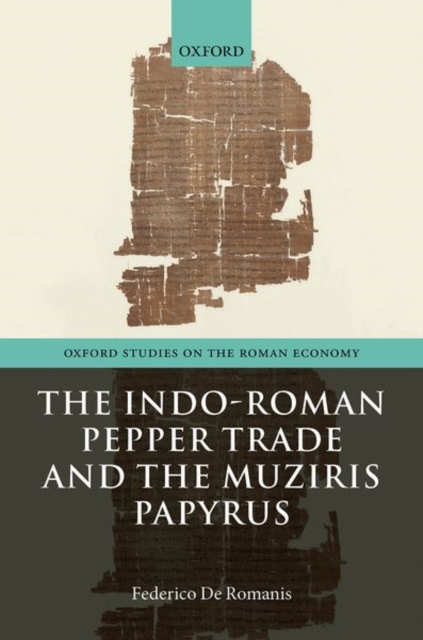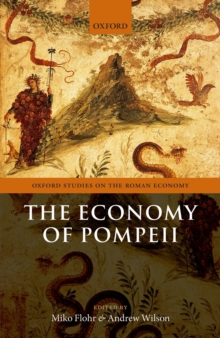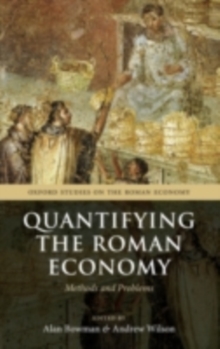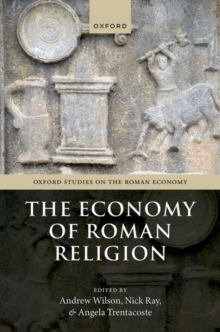
The Indo-Roman Pepper Trade and the Muziris Papyrus Hardback
by Federico (Associate Professor in Roman History, Associate Professor in Roman History, Un De Romanis
Part of the Oxford Studies on the Roman Economy series
Hardback
Description
This volume presents a systematic and fresh interpretation of a mid-second-century AD papyrus - the so-called Muziris papyrus - which preserves on its two sides fragments of a unique pair of documents: on one side, a loan agreement to finance a commercial enterprise to South India and, on the other, an assessment of the fiscal value of a South Indian cargo imported on a ship named the Hermapollon.
The two texts, whose informative potential has long been underexploited, clarify several aspects of the early Roman Empire's trade with South India, including transport logistics, financial and legal elements in the loan agreement funding the commercial enterprise, the trade goods included in the South Indian cargo, and the technicalities of calculating and collecting Roman customs duties on the Indian imports.
This study also considers imperial fiscal policy as it related to the South Indian trade, the overall evolution of Rome's trade relations with South India, the structure and organization of South Indian trade stakeholders, and the role played by private tax-collectors.
The in-depth analysis sheds new light on this important sector of the Roman economy during the first two centuries AD in two innovative ways: through a balanced consideration of South Indian sources and data, and by drawing comparisons with the pepper trade from late antiquity, the Middle Ages, and early modernity, resulting in a longue durée perspective on the western trade in South Indian pepper.
Information
-
Available to Order - This title is available to order, with delivery expected within 2 weeks
- Format:Hardback
- Pages:416 pages, 51 black-and-white illustrations
- Publisher:Oxford University Press
- Publication Date:15/04/2020
- Category:
- ISBN:9780198842347
Information
-
Available to Order - This title is available to order, with delivery expected within 2 weeks
- Format:Hardback
- Pages:416 pages, 51 black-and-white illustrations
- Publisher:Oxford University Press
- Publication Date:15/04/2020
- Category:
- ISBN:9780198842347










